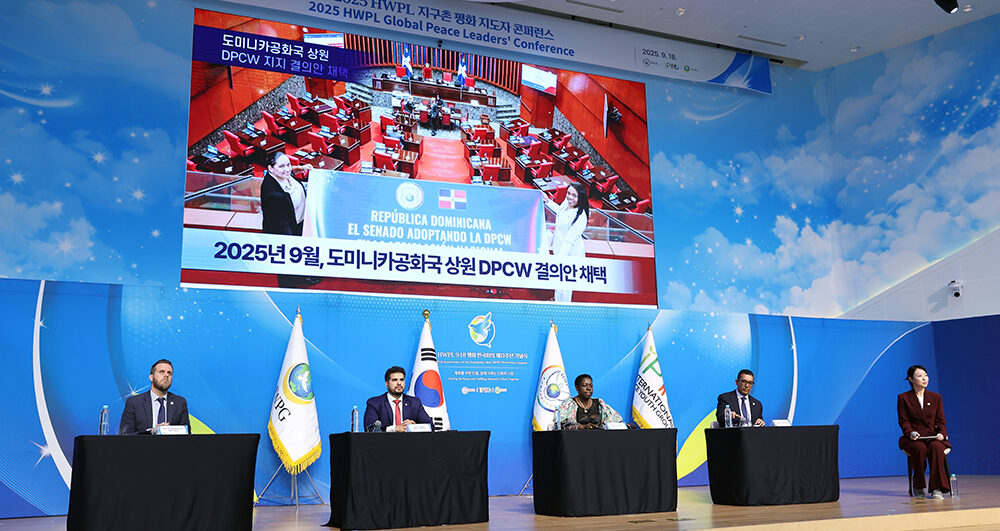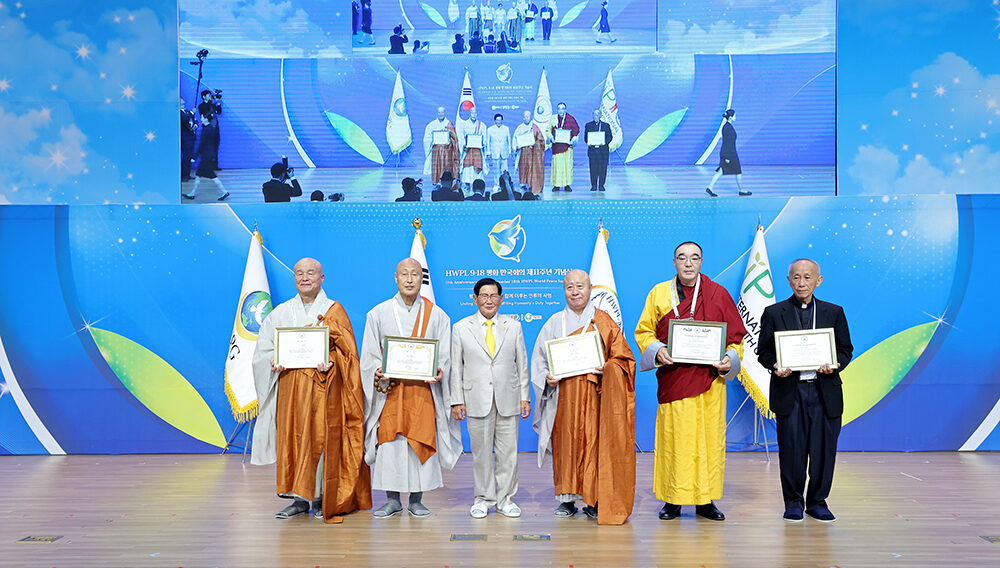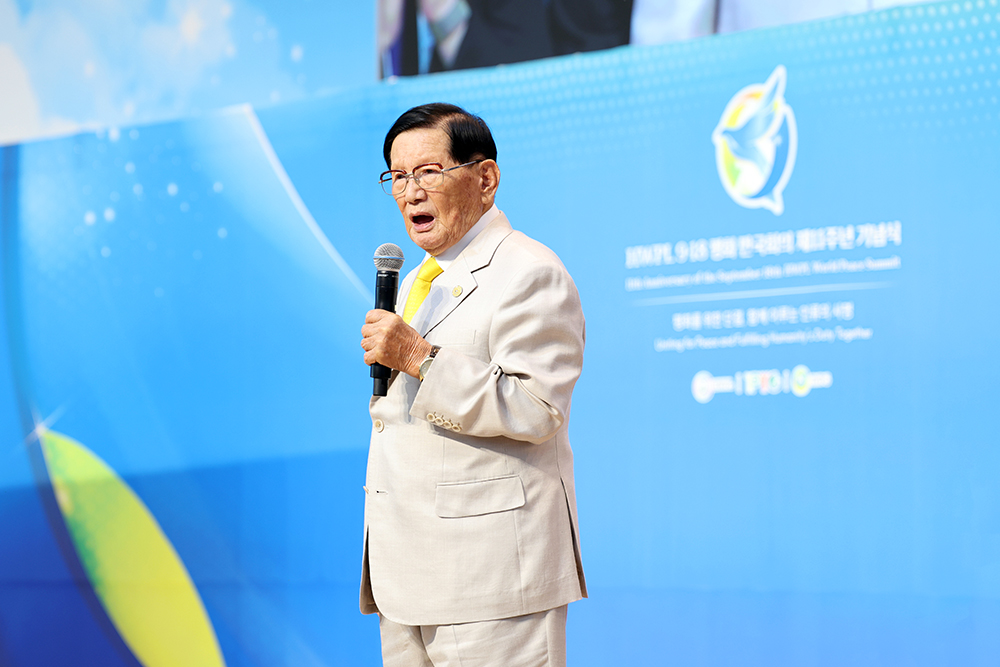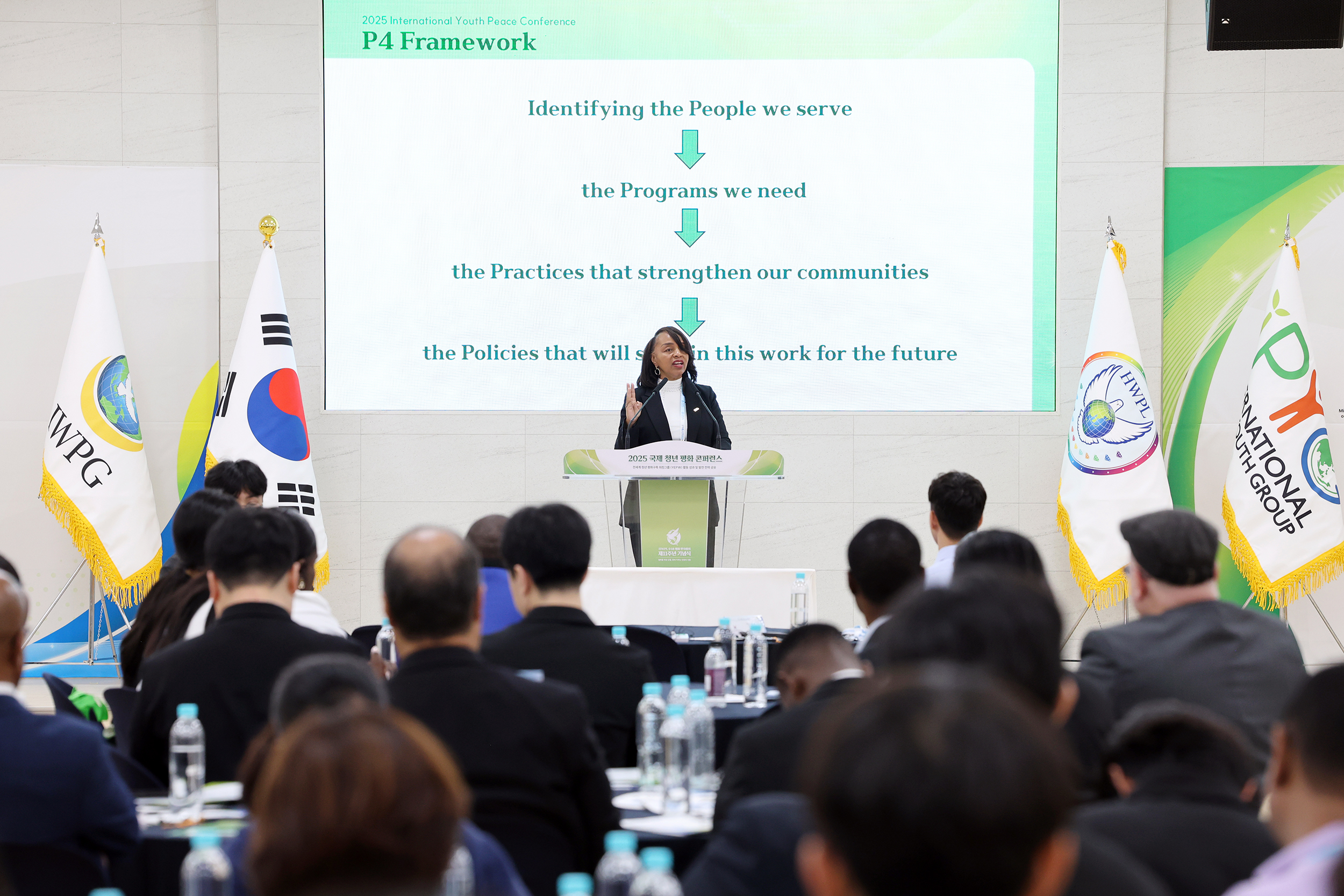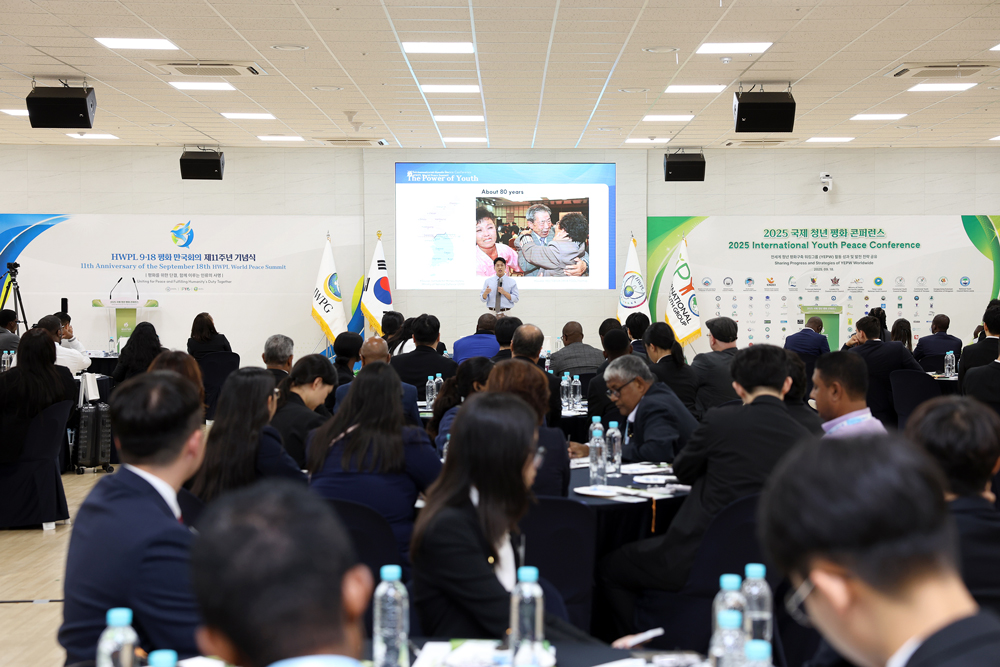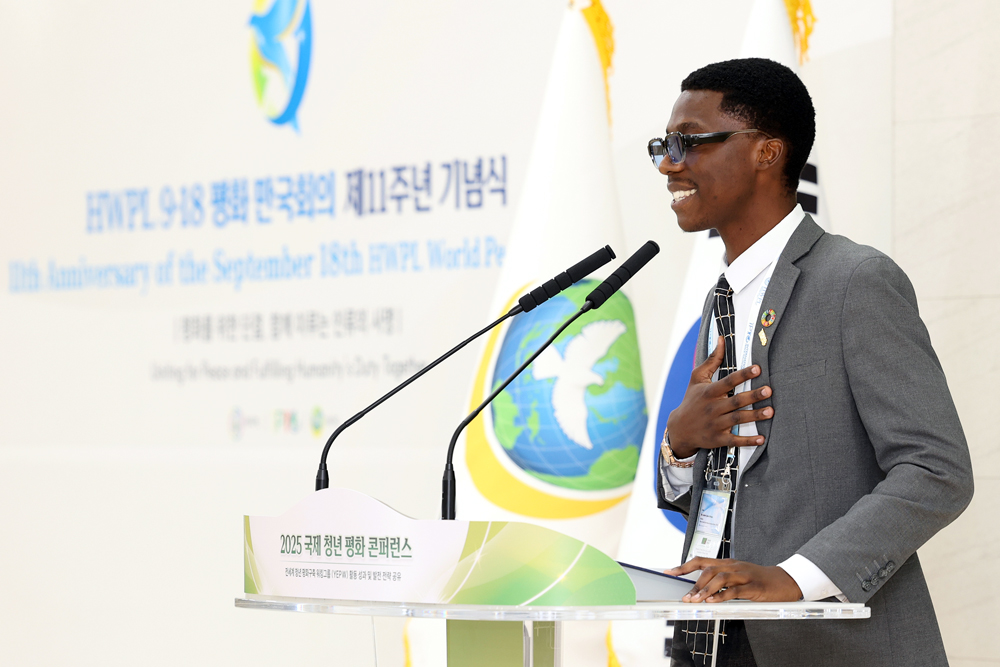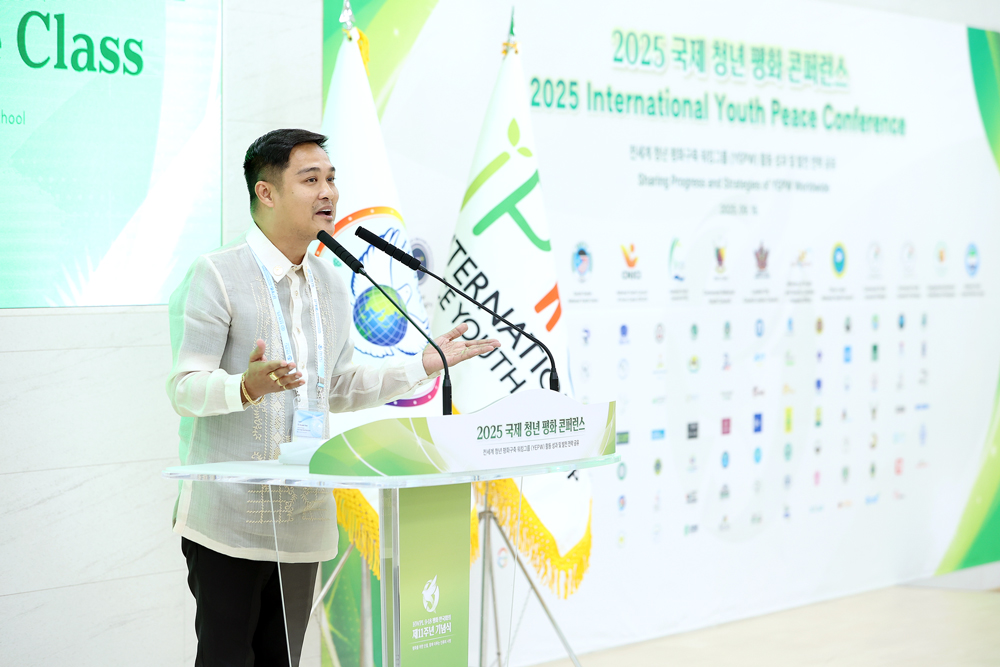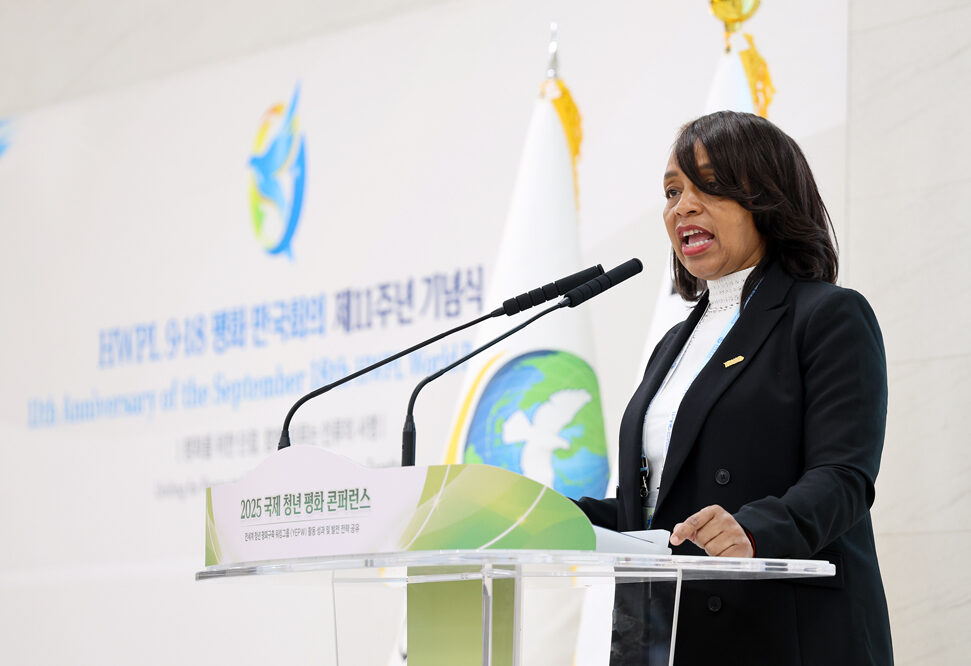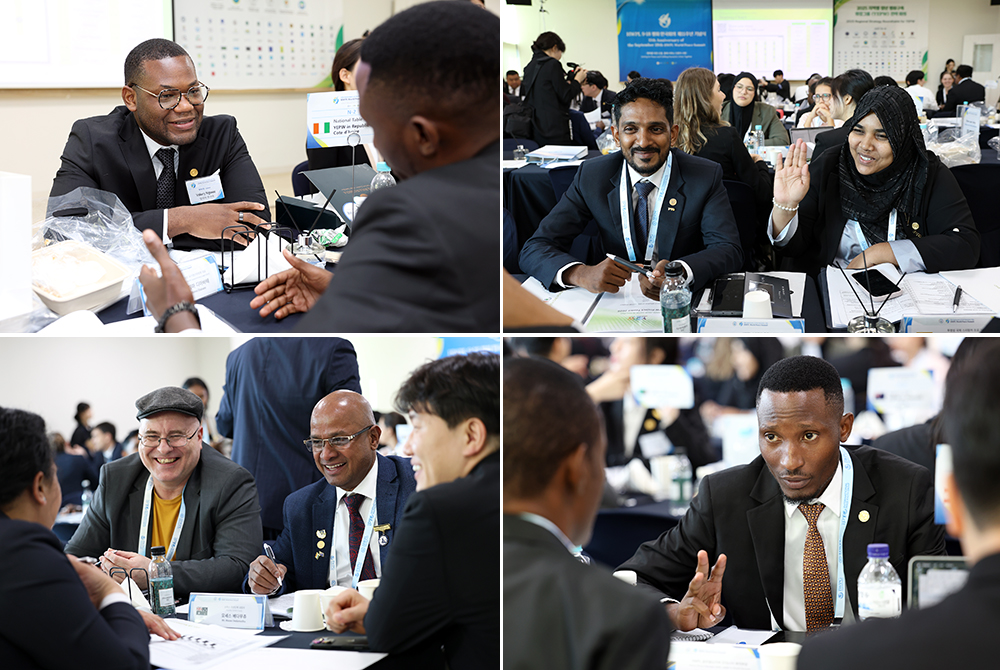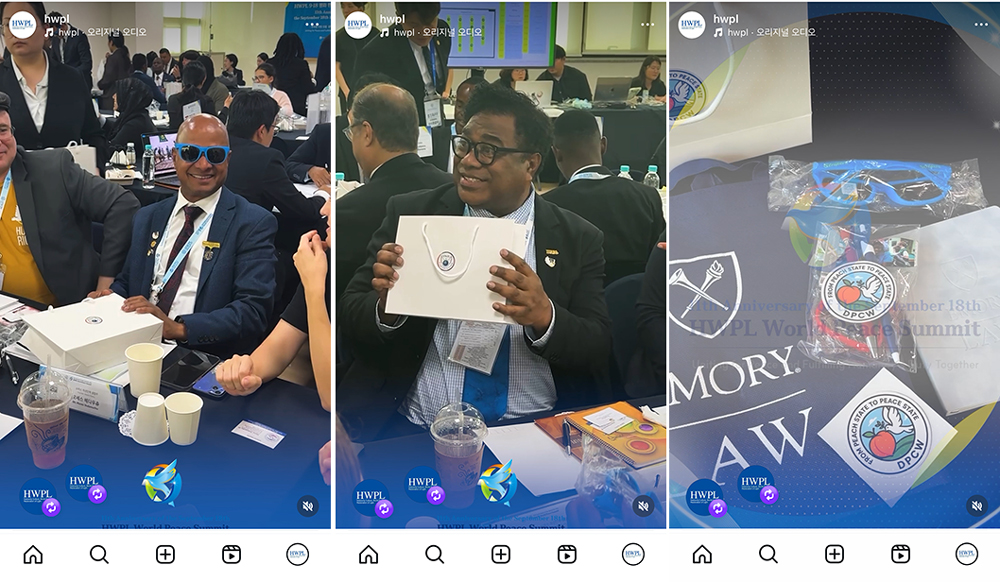[HWPL]
[HWPL] 2025 HWPL Global Peace Leaders’ Conference LP Program Panel Talk 1
Chairman ManHee Lee is the head representative of the global peace organization HWPL (Heavenly Culture, World Peace, Restoration of Light), which is striving for the enactment and implementation of the international peace law 'Declaration of Peace and Cessation of War (DPCW)'. The DPCW is a legal instrument comprised of 10 articles and 38 clauses that can end wars and hostilities throughout the world. HWPL is also spreading a culture of peace and implementing peace education.
Chairman ManHee Lee experienced the cruelty and tragedy of war as a veteran of the Korean War. This is one of the reasons why he founded a global peace campaign as the head of HWPL. He has traveled the globe more than 35 times to meet and persuade politicians, legal experts, journalists, professors, peace activists, civil organization leaders, heads of tribes and others to unite them for the work of peace. The significant fruits borne out of his hard work are the World Alliance of Religions' Peace (WARP) Summit and HWPL Peace Committee. The DPCW was drafted and finalised by the HWPL Peace Committee.
How, you may wonder, do I know this? About 10 years ago, when I had just been discharged from military service, I came to know HWPL and Chairman ManHee Lee while researching the topic of civil conflicts to satisfy my curiosity in ongoing global issues. At that time, the island of Mindanao in the Philippines was suffering from a major civil conflict that lasted more than 40 years, and Chairman ManHee Lee and HWPL resolved this conflict through non-violent means.
Chairman Lee brought an end to the conflict in Mindanao by holding a peace talk between the warring Catholic and Islamic groups. Before the talk, HWPL and Chairman ManHee Lee held a Peace Walk to spread the culture of peace in Mindanao with the many locals who had gathered out of a desire for peace.
Chairman ManHee Lee's pressing appeal today is that humanity unites for sustainable peace in order to pass on the legacy of peace to future generations worldwide. He doesn't just talk peace, but has worked tirelessly for it through practical peace campaigns for over a decade.
I decided to become a supporter of HWPL and Chairman ManHee Lee's peace initiatives because I also desire a world of peace for all posterity.
Today I'd like to introduce an article regarding 2025 HWPL Global Peace Leaders' Conference of 11th World Peace Summit :)
2025 HWPL Global Peace Leaders’ Conference LP Program Panel Talk: Four Stories of Peace-Building Success – ①
Join us as we discover four key accomplishments that define the 11th Anniversary of the September 18th HWPL World Peace Summit through an engaging panel session.
Rt. Hon. Dr. Jemma Nunu Kumba, Transitional National Legislative Assembly of South Sudan

Q1. Could you share with us why you support the DPCW and HWPL peace initiatives, Madam Speaker?
A1. Distinguished guests, ladies and gentlemen, the Transitional National Legislative Assembly of the Republic of South Sudan has chosen to support and adopt the DPCW resolution for a simple but profound reason: our people long for sustainable peace. DPCW provides practical standards for ending conflict and building peace within institutions. Its principles align with the values of justice, human rights, and reconciliation enshrined in our Constitution, and they offer guidance for addressing the challenges we face today.
Even during months when the assembly was not in session, the Peace and Reconciliation Committee maintained continuous engagement with the HWPL team. In the first half of the year, the Committee held regular meetings to discuss and consolidate support for a DPCW-based resolution. As soon as the assembly convened in July, the Committee promptly initiated the legislative process.
Through these efforts, many Members of Parliament came to share the vision and supported the resolution. The proposal was formally submitted to the ABC Committee and is now actively being pursued in the Whole House for adoption. With full understanding, the President of the Republic of South Sudan, the former Chief Justice who has long cooperated with HWPL, and key national leaders have endorsed it, officially expressing South Sudan’s support.
The DPCW is more than a declaration; it is a promise that inspires hope. It strengthens the foundation for peace, opens paths for reconciliation, and fosters coexistence among our people. Moreover, it shows how South Sudan can contribute to peace and stability both regionally and globally.
The TNLA stands firmly in support of the DPCW and is committed to putting its principles into practice. This is our duty to our citizens and our mission to humanity.
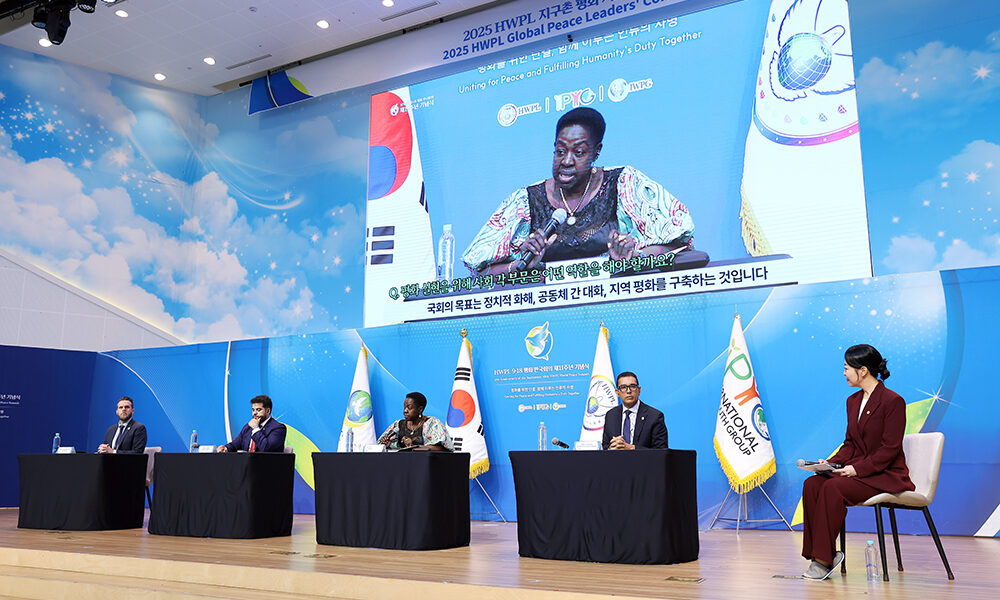
Q2. You said that the reason the South Sudanese National Assembly supported and adopted the DPCW was because the people desperately yearned for peace. So, what contributions do you think each sector of society should make to achieve peace?
A2. Resolutions like the DPCW remain words on paper unless all sectors take responsibility to make them real. The TNLA must ensure that peace principles are reflected in our laws and institutions. The government must uphold political agreements, and civil society must promote reconciliation and peace in daily life. When these efforts come together, peace becomes achievable. Our Assembly is focused on three priorities: strengthening political peace and reconciliation processes; promoting dialogue among diverse communities; and supporting grassroots, community-based peacebuilding. Through these efforts, we aim not only to secure sustainable peace in South Sudan, but also to contribute to the collective peace of humanity.


